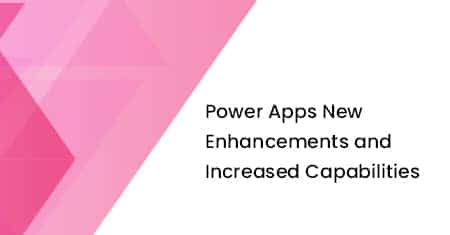
03 Jul Best Practices for Permission Management in PowerApps
03 July 2023

In today’s digital age, data security and privacy are of utmost importance. When developing and deploying PowerApps, ensuring proper permission management is crucial to protect sensitive information and maintain a secure environment. Whether you’re a business professional, IT administrator, or developer, understanding the best practices for permission management in PowerApps is essential to mitigate risks and ensure compliance. In this post, we’ll explore seven key practices that will help you effectively manage permissions within your PowerApps environment.
Why is Permission Management Important in PowerApps?
Effective permission management in Microsoft Power Apps has significant implications for data security, regulatory compliance, and overall system integrity. Mishandling permissions can lead to unauthorized access, data breaches, and legal consequences. By implementing proper permission management practices, organizations can safeguard confidential data, maintain user privacy, and prevent unauthorized modifications or misuse of PowerApps resources.
Best Practices for Permission Management in PowerApps
- Define Roles and Responsibilities
Establish clear roles and responsibilities within your organization to ensure that individuals have appropriate access levels based on their job functions. This helps prevent unauthorized access and reduces the risk of data leaks or accidental modifications. Regularly review and update these roles as business requirements evolve.
- Follow the Principle of Least Privilege
Adhere to the principle of least privilege by granting users only the minimum permissions required to perform their tasks. Avoid assigning blanket permissions to avoid potential vulnerabilities. Continuously evaluate and refine user access privileges to align with changing needs.
- Leverage SharePoint Security Groups
Integrate PowerApps with SharePoint security groups to centralize permission management. By leveraging existing SharePoint groups, you can streamline access control and easily manage permissions across multiple applications. This approach simplifies user provisioning and enhances security by ensuring consistent access policies.
- Utilize Data Loss Prevention Policies
Implement data loss prevention (DLP) policies in PowerApps to prevent the unauthorized sharing of sensitive data. DLP policies allow you to define rules and actions that automatically detect and mitigate potential data breaches. By proactively safeguarding sensitive information, you can minimize the risk of data loss or unauthorized disclosures.
- Regularly Audit Permissions
Perform periodic audits of user permissions to identify any anomalies or inappropriate access. Regularly review access logs, permissions reports, and security groups to ensure that permissions align with organizational policies. Promptly revoke access for inactive or terminated users to maintain a secure environment.
- Enable Multi-Factor Authentication (MFA)
Strengthen authentication measures by enabling multi-factor authentication (MFA) for PowerApps users. MFA adds an extra layer of security by requiring users to provide additional verification factors, such as a one-time password or biometric authentication. This mitigates the risk of unauthorized access, even if login credentials are compromised.
- Educate Users on Security Best Practices
Promote user awareness and education regarding security best practices. Regularly train users on topics such as password hygiene, recognizing phishing attempts, and data handling procedures. Encourage reporting of suspicious activities to help identify and address potential security threats promptly.
Conclusion
Effective permission management in PowerApps is critical to protect sensitive data, maintain compliance, and safeguard your organization’s reputation. By implementing these best practices, you can establish a robust permission management framework that aligns with your organization’s security goals and regulatory requirements. Remember, maintaining a proactive approach to permission management is an ongoing process that requires regular evaluation and adaptation.
To further enhance your PowerApps permission management skills and ensure the utmost security for your organization, get in touch with our PowerApps Consultants for secure and efficient PowerApps development.
Our Related Posts
Power Apps Use Cases
What are Power Apps? PowerApps is a powerful business tool that takes advantage of the cloud to provide you ….
Power Apps New Enhancements and Increased Capabilities
Every year, Power Apps comes with new ideas to tune the design and improve its AI model to make ideas work better….
Benefits of Power Apps Integration for your organization
What are Power Apps? Power apps are a new toolset for building great experiences that run on the…





Sorry, the comment form is closed at this time.